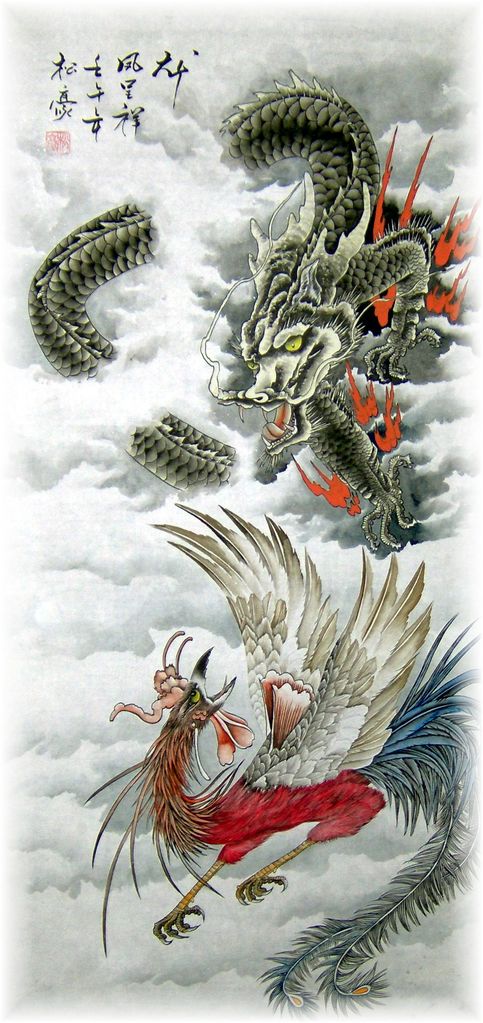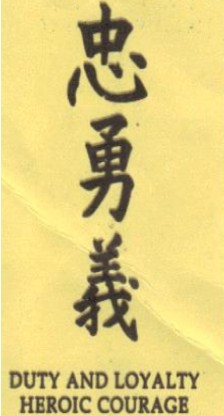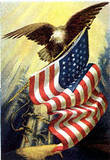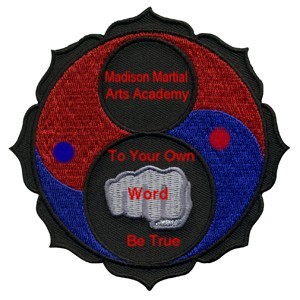History
documentary on the temple entitled Shaolin: Temple of Zen, published by the non-profit Aperture Foundation, featuring the photos of National Geographic photographer Justin Guariglia. The Shaolin Abbot, Shi Yong Xin, has written the foreword attesting the authenticity of the project. These became the first photographs seen of monks practicing classical kung fu inside the temple. American author Matthew Polly, also has written a book recounting his story of his two years living, studying, and performing with the Shaolin monks in China in the early 1990s. A third, more academic book published by the Israeli Shaolin scholar Meier Shahar in 2008 about the history of the Shaolin Temple. While some of these are clear commercial exploitation of the Shaolin Temple and its legends, they have helped make Shaolin a household name around the world, and kept the temple alive in the minds of many young generations. To date, no other temple in the world has achieved such wide spread recognition.
2. * Da Hong Quan - Big flood fist
3. * Tong Bei Quan - Through the back fist
4. * Liu He Quan - Six harmonies fist
5. * Taizu Chang Quan - Emperor Taizu's long fist( this refers particularly to the 1st Emperor of Sung
dynasty who was a military commander)
6. * Qixing Quan - Seven star fist
7. * Da Pao Quan - Big cannon fist
8. * Xiao Pao Quan - Small cannon fist
9. * Chang Hu Xin Yi Men - Forever preserve the heart-mind link/door
10. * Meihuaquan - Plum flower fist
11. * Luohan Quan - Arhat fist
12. * Tongzigong - Shaolin child training
13. * Dan Dao - Single sabre technique
14. * Long – Dragon technique
15. * Qi Lu Quan - Seven animal fist
In 1934 Jin Jing Zhong published a book variously known in English as Shaolin 72 Shaolin Arts Practice Method or Training Methods of 72 Arts of Shaolin. This work lists what are alleged to be authentic Shaolin training methods that can produce extraordinary skills and abilities; examples of these skills include iron body techniques (both offensive and defensive), jumping and wall scaling techniques, pole-top leaping dexterity training, pressure-point and nerve manipulation, and a host of other feats. Most of
these skills require anywhere from three to ten years to master, according to the author. Jin claims to have witnessed many of these skills himself or to have learned of them from a scroll given to him by Shaolin Abbot Miao Xing, though the work tends to exaggeration and embellishment. Contemporary Training at the Shaolin Temple While most warrior monks tend to be focused on performance geared toward the touring troupes, a smaller cadre of Shaolin warrior monks seek the traditional route that focuses somewhat more on self-defense and authenticity of techniques. In many ways, the contemporary performing warrior monks are comparable to contemporary wushu artists who focus on beautiful, elaborately dazzling form rather than original martial application and fighting prowess. The 72 Shaolin Arts are more indicative of the
older, original Shaolin temple fighting system and theory. Also, performing monks are not pressured to practice or study Zen, while inside the temple, at least a show of deference for the Shaolin customs is expected by the masters of their chosen warrior monk disciples.
Diamond Finger is a Gong Fu exercise that is one of the 72 arts of the Shaolin Temple. Anyone who masters this exercise can knock a hole in the chest of their enemy and injure their enemy's internal organs. A practitioner's finger should strike any hard object repeatedly over time to increase in power to gradually master this exercise. This exercise usually requires a three year training period
Twin Lock is a hard Gong Fu exercise that was done historically at the Shaolin Temple. When this exercise is perfected a person can block weapons with their bare arms. Training in the art involves mutually hitting the forearms together, and then later repeatedly hitting the shins and feet with the forearms
Striking with Foot, or Zhu She Gong, in one of the 72 arts historically trained at the Shaolin Temple.
Mastery of this art allows the practitioner to do great damage with their toes. During training, a
practitioner strikes progressively heavier stones with their toe Pulling out Nails (Bo Ding Gong)
Pulling out Nails or Bo Ding Gong is one of the 72 arts of the Shaolin Temple. Mastery of this art allows the practitioner to heavily injure their enemies at acupoints by making locks with their thumb,
forefinger, and middle finger. Training involves pulling out at first regular nails, and later rusty nails, from a board of unabi, or jujube wood. Slight injuries such as blisters are commonly caused by this, and the practitioner usually washes their hands in lake salt afterwards
Ringing Round a Tree, or Bao Shu Gong, is one of the 72 arts of the Shaolin Temple. A practitioner who masters this art can lift a weight of 250-350 kg with both arms. Training involves attempting to pull a tree out of the ground several times each day. Mastery is when the tree is pulled straight out of the ground
The Four Part Exercise, or Si Duan Gong, is one of the 72 arts of the Shaolin Temple. This exercise is good for building a foundation in martial arts. The exercise consists of a set of four basic movements that help focus Qi
One Finger of Chan Meditation, or Yi Zhi Chan Gong, is one of the 72 arts of the Shaolin Temple. A practitioner who masters this art can cause a vascular spasm that cannot be reversed without special medicine with only a weak blow to their enemies. Mastery takes several steps. At first, a weight is hung, and the practitioner pokes it with little force. This continues until the weight will move if the poke does not touch it. After this, lamps are lit at a distance of 6-7 meters from the practitioner and they have to extinguish the flame with their finger. Later, the lamps are protected by paper shades, and finally glass. Mastery is when the flames in glass lamps can be extinguished
Iron Shirt (traditional Chinese: 鐵衫; simplified Chinese: 铁衫; pinyin: tiě shān; Cantonese: tit1 saam3) is a form of hard style martial art exercise for protecting the human body from impacts in a fight. This is one of the 72 arts of the Shaolin Temple. Some martial arts are based on the idea that a correctly trained body can withstand more damage than one that is untrained. Iron Shirt is said to be a series of
exercises using many post stances, herbs, qigong and body movements to cause the body's natural energy (qi) to reinforce its structural strength. Practitioners believe that directing energy to parts of the body can reinforce these parts of the body to take blows against them. In the Shaolin version of Iron Shirt, the practitioner would do things such as lying on a stump or supporting tablets of granite on the chest with the goal of toughening the body.
Iron Head, or Tie Tou Gong is one of the 72 arts of the Shaolin Temple. In this art, the head is hardened by wrapping layers of fabric around the head and ramming the head into a hard surface repeatedly.
Incrementally, layers of fabric are removed over time. The head will eventually become hard enough to resist most blows. A famous practitioner named Hong Chan could easily break a stone tablet, and he could walk quickly with a stone weighing 170 kg on his head when he was 80 years old.
A Series of Blows, or Pai Dai Gong, is one of the 72 arts of the Shaolin Temple. This art is very similar to Iron Shirt (Tie Bu Shan Gong). It is purely external, and contains none of the internal elements of Iron Shirt (Tie Bu Shan Gong). A practitioner hits their body with first a block of wood and progresses to a brick and later a block of iron. The body becomes invulnerable to bare-handed strikes after mastery of this art, but not weapons
Sweeping with an Iron Broom, or Tie Zhao Zhou Gong, is one of the 72 arts of the Shaolin Temple. If a practitioner masters this art, they can break bones and tear muscles with a kick. In the first part of training, a practitioner must practice standing in a horse stance until they can stand in it for two hours.
Later, a practitioner will kick progressively larger poles and then a large tree repeatedly until they can kick down a tree. At this point, the art has been mastered
Hand - a Bamboo Leaf, or Zhou Ye Shou Gong is one of the 72 arts of the Shaolin Temple. If thisexercise is mastered, a practitioner can break most objects and massively injure their opponents.
Training methods for the art include hitting a bag filled with iron filings with a palm heel strike. At first, a 15 kg bag of this type is hit, but the weight of the bag is progressively increased to 60 kg. A practitioner has mastered the art when they can hit the 60 kg bag at full force and continually without tiring
The art of Jumping Centipede, or Wu Gong Tiao, is one of the 72 arts of the Shaolin Temple. This art increases the power of the practitioner's fingers and toes, and allows a practitioner to jump quickly in a fight. Training in this exercise involves movements similar to those performed in western Push ups. First, the exercise is performed on the palms of the hand, but the practitioner advances to performing it on the fists, three fingers, and later one finger. If it can be performed on one finger, mastery of this art has been reached
The art of Raising a Weight of 1000 Jins, or Tie Qian Jin is one of the 72 arts of the Shaolin Temple. If a practitioner masters this art, they can severely wound their enemies by just grasping them. Mastery of the art occurs when a practitioner can grasp a weight of 50-60 Jins for about an hour with their fingers.
Training starts with the practitioner attempting to hold weights of 10 Jins, and the heaviness of the weight that is held by the practitioner is gradually increased over time . A "Jin" is a unit of weight that weighs just slightly more than a western pound.
The exercise Celestial's Palm, or Xian Ren Zhang, is one of the 72 arts of the Shaolin Temple. In this art, the practitioner at first strikes a wooden object repeatedly with their four fingers, and then later repeatedly strikes a hard stone with their four fingers. Mastery has been achieved when the practitioner can strike a stone hard enough to leave a dent in it
The exercise Method of Hardness and Softness, or Gang Rou Fa, is one of the 72 arts of the Shaolin Temple. In this art, a practitioner performs repeated blows against a bundle of spoiled paper. At first, a bundle of paper about 66 cm long a wine is placed above a large wooden table with fixed outer boards and removable inner boards. The practitioner at first strikes the bundle of paper with their right hand while holding it with a cord in their left hand, but later exchanges hands. At first, the paper bundle should weigh about 10 kg, but later, lead shot should be progressively added to the bundle, until the bundle weighs about 50 kg. Even later, boards should be removed, until only the fixed outer boards remain. Mastery of this art occurs when a practitioner can hit the heavy bundle of paper over the large gap in the boards and return it with their opposite hand
This exercise is one of the 72 arts of the Shaolin Temple. The benefits of this exercise are extremely great. However, the claims made by any supporters of this exercise are not supported by any type of modern science. If someone trains in this art, they will at first fill a vessel with sand. They will then continuously rub their hands in the sand until their hands become tired. As they progress, they will move their hands farther and farther away form the sand, until they can move the sand even if their hands are 30 cm away from the sand. After this, the sand is replaced by iron shot, and later heavier iron balls. If a practitioner can move the iron balls without touching them, mastery has been attained. This art has been said to take 15 years to master. If it is mastered, a practitioner can supposedly cause their enemies to die in a period of 10-15 days just by striking at them with their palm, or other movements, even if they are a great distance from their enemies
This exercise is another one of the 72 arts of the Shaolin Temple. This exercise increases the power of a practitioner's hands, feet, fingers, and toes. This exercise is similar to standard push-ups. At first, the exercise is performed on the palms of the hands. However, it is later performed using only the fists, then it is performed using only the fingers and toes for balance, and finally it is performed using only three fingers of each hand and only one toe. At this stage, progressively heavier weights are added to the practitioner's back. This exercise is mastered when the practitioner can perform it with a weight of 50 kg on their backs for a long period of time
This is an exercise that improves a practitioner's swimming skills greatly. The training methods for this exercise are very similar to the training methods used by modern competitive swimmers. The only difference is that Qi is focused to increase the power of the swimmer. Training includes practice of the dogpaddle, the backstroke, diving, swimming underwater, and some underwater combat techniques.
This is an exercise that greatly improves a practitioner's physical strength. A practitioner begins training by standing in a horse stance for a long period of time while raising their hands toward the sky. Later, a practitioner will hold progressively heavier weights over their heads for a long period of time. Finally, the weights are replaced with a progressively heavier sluice shutter attached to two wooden posts. The art is considered to have been mastered when a 500 kg, or 1,000 jin, sluice shutter can be held overhead
HONORABLE & PRIORITY MEMBERS:
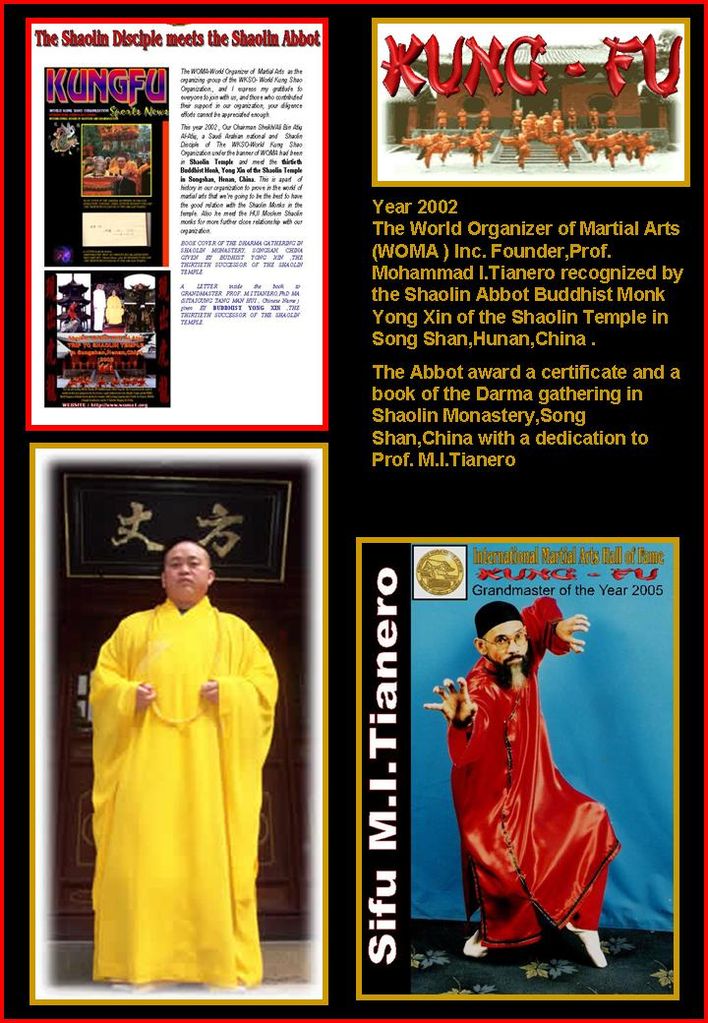
Honorable Abbot Shi Yong Xin The Thirtieth Buddhist Shaolin Monk
of the Shaolin Temple in Henan, China
 | ||||

